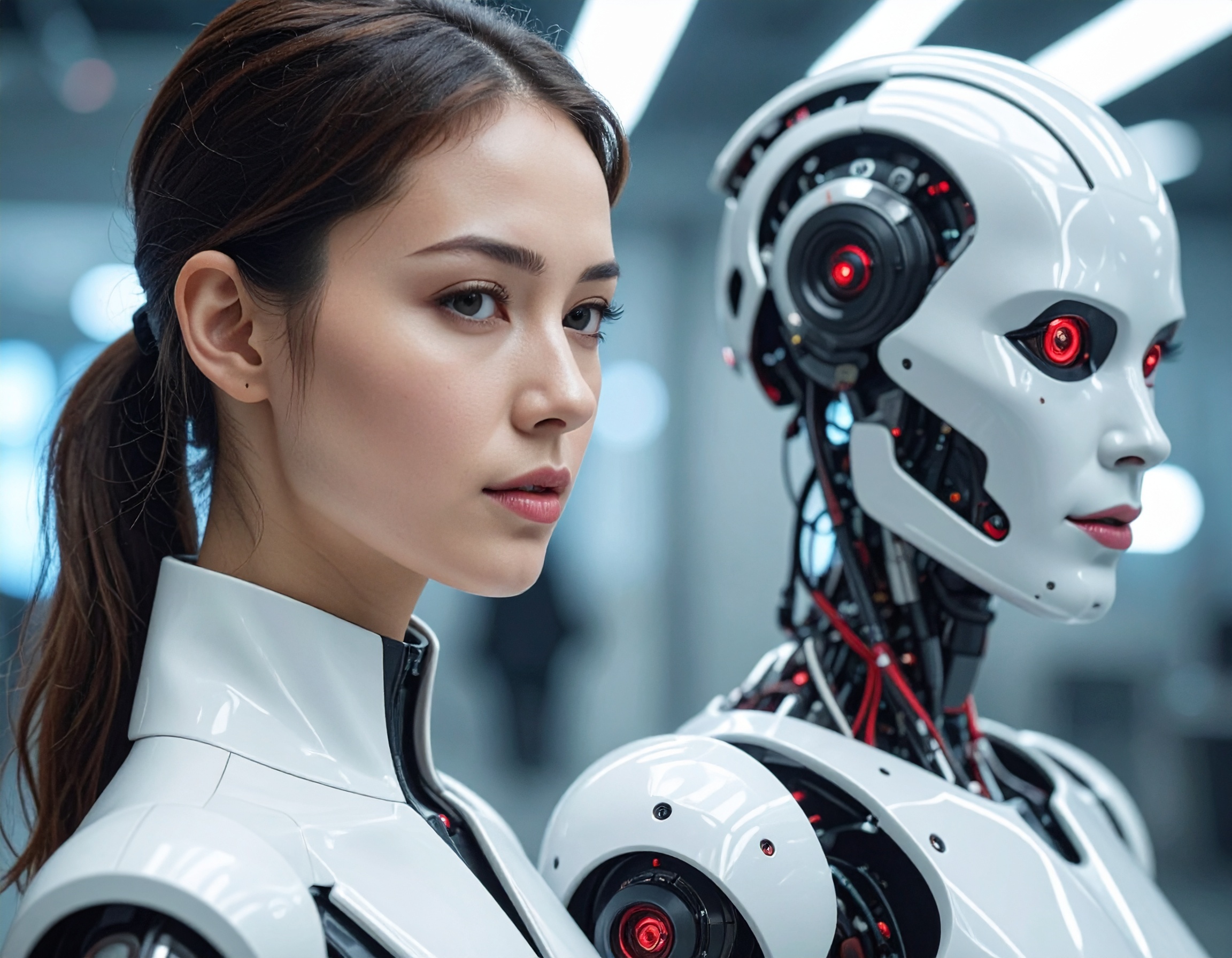Reimagining the Last Mile: The Rise of AI Employees and Voice AI Agents

The Dawn of Non-Human Workers in Delivery
What Happened
A3—the Association for Advancing Automation—released a compelling blog post titled Reimagining the Last Mile: The Growing Role of Delivery Robots . This timely piece marks a shift: delivery robots are no longer novelties, but vital parts of logistics, moving beyond simple feasibility to full-scale systems driven by autonomy and edge computing .
Why It Matters:
As “AI Employees” or “Non-Human Workers,” these robots are rethinking how goods traverse our world. From warehouses to neighborhoods, these systems now interpret complex, dynamic environments rather than just follow predefined routes—a leap in capability that matters in our fast-paced, contact-conscious era .
From Concept to Capability
Key Advances:
- Adaptive autonomy: Delivery robots now perceive their surroundings and make in-the-moment decisions, handling pedestrian environments, erratic obstacles, and unpredictable urban layouts .
- Industry Adoption & Scaling: Fields like healthcare (lab samples), warehouses (AMRs), urban streets (ground robots), and airspace (drones) have spotlighted how delivery robots integrate into existing systems—no longer standalone tech, but logistical nodes .
- Tech backbone: Edge computing platforms such as Cincoze’s GM-1000 power sophisticated AI tasks (SLAM, semantic segmentation, obstacle detection) onboard. Meanwhile, cloud orchestration like InOrbit and advanced motion planners like RapidPlan drive fleet-level decisions .

Real-World Deployments Redefining Delivery
Key Examples & Drivers:
- Cost and Environmental Pressure: With last-mile delivery accounting for up to 28% of costs, autonomous systems offer smarter, leaner solutions .
- Major players in motion: Amazon, Walmart, UPS, Einride, and Eliport are actively implementing both ground robots and drones. Walmart alone has reached over 20,000 drone deliveries, expanding to 1.8 million households through RaaS models .
- Innovative hybrids: Some cities—like Rome—are experimenting with multi-modal systems combining delivery robots and public transit for cost and emission reduction, offering a fresh paradigm in dense urban logistics .
Why This Shift in AI Employees Matters to You
- Efficiency & Speed: Voice AI Agents—or delivery robots—are transforming logistics accounting for labor shortages, heightened e-commerce, and contactless expectations.
- System Integration: Robots are now intelligent collaborators, communicating across cloud-edge systems rather than isolated machines.
- Strategic Scalability: With capabilities like Real-Time Orchestration, these systems promise fleets that self-adjust based on energy, traffic, or infrastructure—pushing us closer to truly cognitive logistics .
Key Highlights:
- Blog published on: September 4, 2025.
- Main shift: Delivery robots are now foundational, not experimental.
- Core capabilities: Adaptive autonomy, perception in urban environments, edge/cloud intelligence.
- Deployments: AMRs in healthcare and warehouses; ground robots in cities; drones at scale.
- Notable technologies: Cincoze GM-1000, RapidPlan, InOrbit orchestration.
- Strategic impact: Reducing cost, improving resilience, and scaling without infrastructure overhaul.
Reference:


